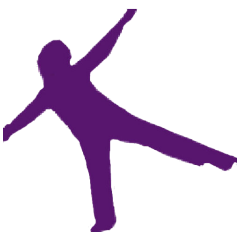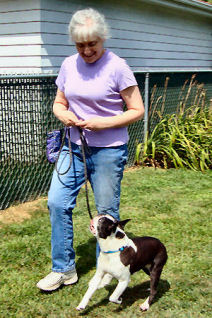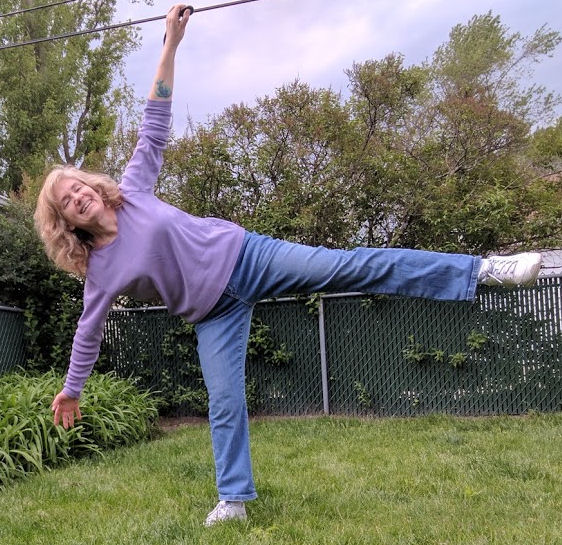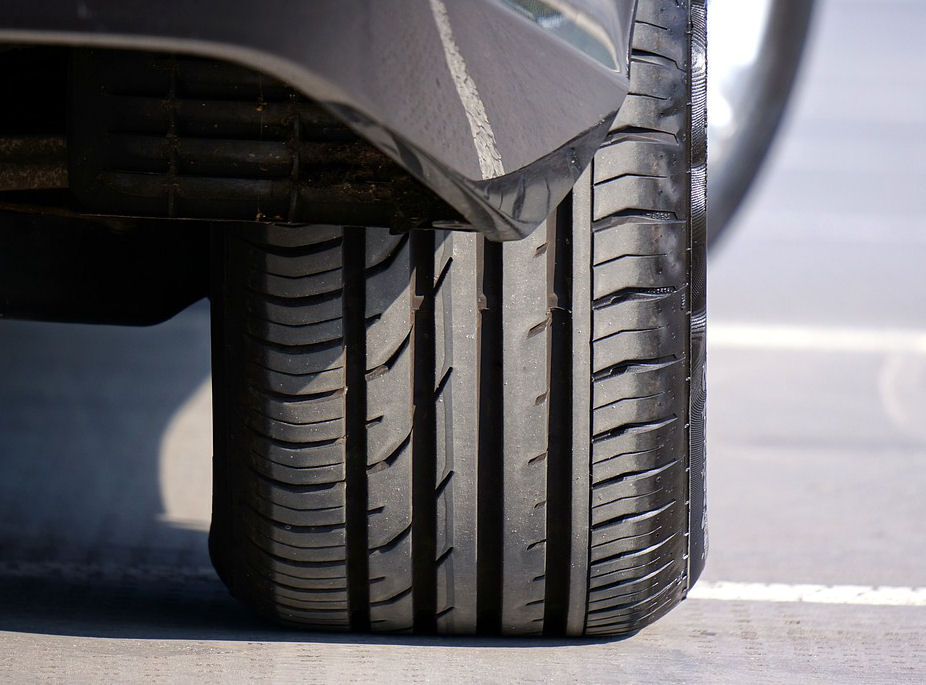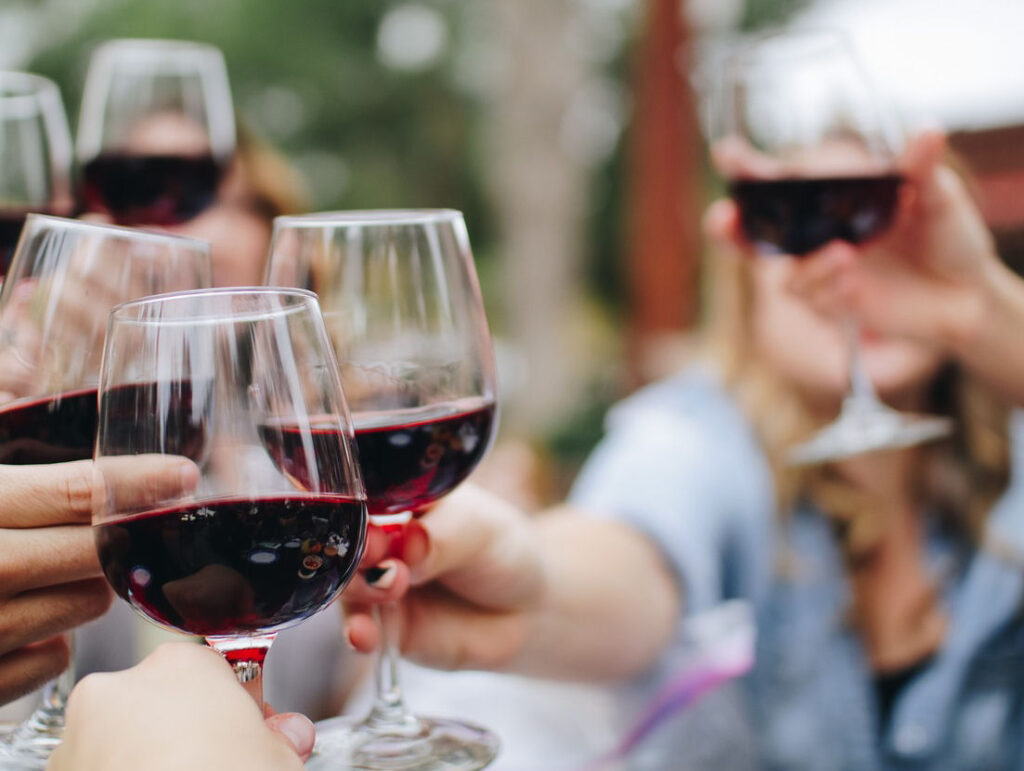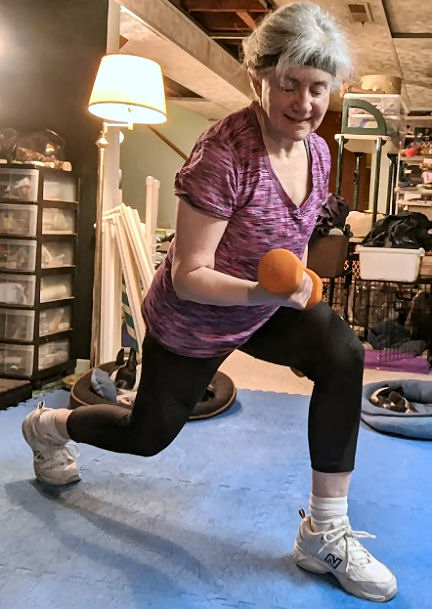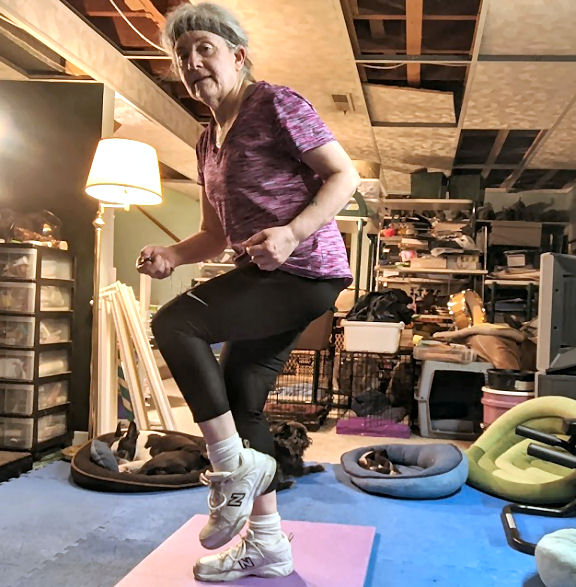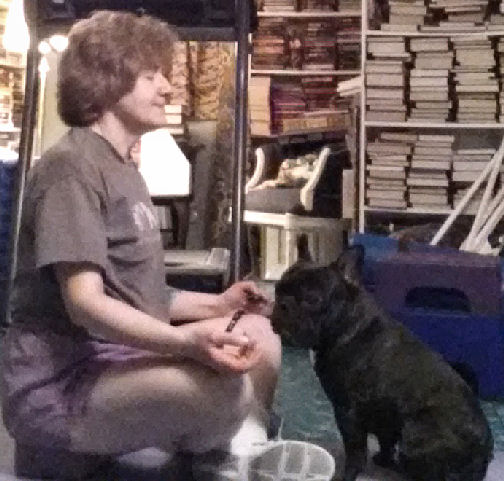Two nights a week I teach Rally Obedience. Rally is kind of an esoteric sport for dog enthusiasts. It builds on basic obedience and requires some basic fundamentals so that you and your dog can successfully navigate a sort-of obstacle course. But instead of obstacles, you and your dog perform certain behaviors indicated by a sign. The most important skill to have is your dog “heeling” at your side – that is, your dog’s head stays even with your left leg as you walk. Training can take a while to be successful at Rally. I always tell my students, “Don’t be afraid to take it slow.” You’ll be even more successful when you get there!
Patience and Consistency
Many dogs have a tendency to forge ahead and pull their owners with them. It takes patience and consistency to train “heel” so that it looks and feels effortless for both of you. The way I like to train this is that when the leash gets tight and the dog starts to pull, you stop. Just stop. When your dog comes back to you to find out what’s going on, reward your dog for coming back to “heel position.” Easy. Just stop. Over time your dog will learn that being at your side is the best place in the world, because that’s where he gets the cookies.
Don’t be afraid to not get anywhere … at first
As in dog training, so in life. Don’t be afraid to not get anywhere! Even though it took one of my dogs and me three weeks of daily practice to get 20 feet from the house to the front sidewalk, we eventually went on to compete and gain obedience titles! Don’t be afraid to take it slow.
Don’t try so hard. If one of your goals is to do 25 regular push-ups, don’t be afraid to start easy. There’s always a modification so that you can build your strength. Start with 5 with your hands on a sturdy coffee table. Tomorrow do 6, the day after 8. Next week, after 7 days doing all your repetitions on an incline, try for 2 on the floor. Break up that big goal into smaller ones.
Remember the tortoise?
Researchers Teresa M. Amabile and Steven J. Kramer have found that what keeps people going – even high-powered scientists working on life-and-death projects – is that they make progress every day. Achieving small goals is still achieving goals. “Through exhaustive analysis of diaries kept by knowledge workers, we discovered the progress principle: Of all the things that can boost emotions, motivation, and perceptions during a workday, the single most important is making progress in meaningful work. And the more frequently people experience that sense of progress, the more likely they are to be creatively productive in the long run. Whether they are trying to solve a major scientific mystery or simply produce a high-quality product or service, everyday progress—even a small win—can make all the difference in how they feel and perform.”
Achieving those small wins will make you feel happier and more optimistic. It feels so good to check something off that list!
Celebrate every step along the way
That tortoise just put one foot in front of the other consistently and beat the hare. Don’t be afraid to take it slow – whatever “it” is. Celebrate every step. Accumulate your small wins every few days and make a note for your “Amazing Box.” You’ll get there.
